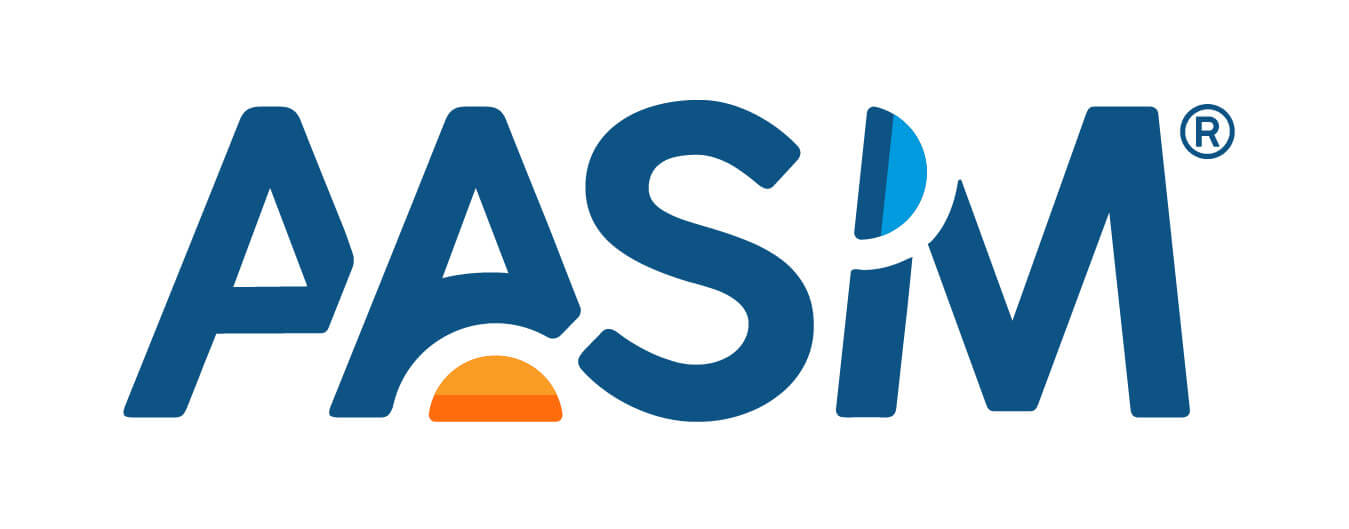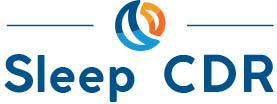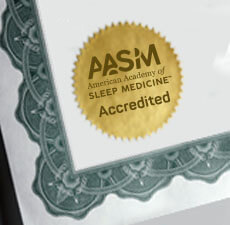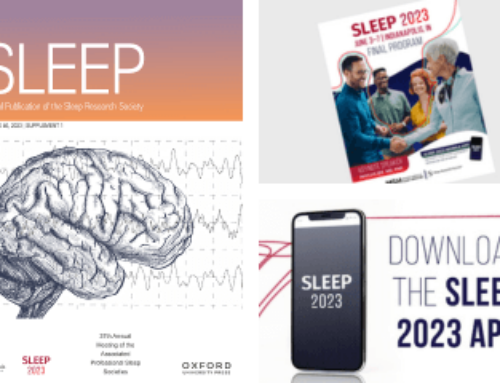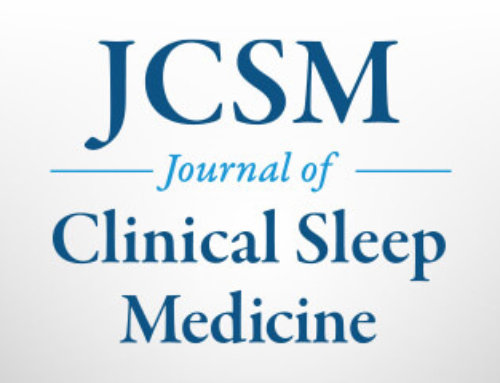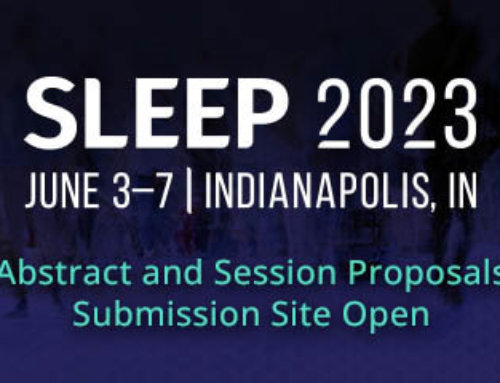WESTCHESTER, Ill. – There is a high frequency of sleep-related breathing disorders (SRBD) in hospitalized patients referred for polysomnography (PSG), also known as an overnight sleep test, especially in patients with underlying cardiopulmonary disease, according to a study published in the April 15 issue of the Journal of Clinical Sleep Medicine (JCSM).
The study, authored by Kim Goring, MD, of Johns Hopkins University and Bayview Medical Center in Baltimore, Md., was a retrospective chart review of 100 PSGs and medical records of all patients who had PSG while hospitalized at two tertiary care centers between January 2003 and September 2004. The main outcome measures included the frequency of and the association between an SRBD and specific characteristics, including age, sex, body mass index (BMI), and admission disease condition.
According to the results, 77 percent of the sample had an SRBD. There was an increase in the odds ratio of SRBD with increasing BMI. Increasing BMI categories were associated with more severe SRBD. Adjusting for age and BMI, men had a reduced odds ratio of sleep apnea, as compared to women, and women with SRBD were more likely to have more severe disease than men. There was a significant association of SRBD with congestive heart failure.
“This study points out the importance of considering sleep apnea in hospitalized patients. It shows that it is common in that population and may impact upon the treatments and outcome during their stay,” said Nancy A. Collop, MD, of Johns Hopkins University, corresponding author of the study. “Further research on how sleep apnea impacts the acutely ill patient is needed.”
Obstructive sleep apnea (OSA) is an SRBD that causes your body to stop breathing during sleep. OSA occurs when the tissue in the back of the throat collapses and blocks the airway. This keeps air from getting into the lungs. It is estimated that four percent of men and two percent of women have OSA, and millions more remain undiagnosed.
On average, most adults need seven to eight hours of nightly sleep to feel alert and well-rested.
The American Academy of Sleep Medicine (AASM) offers the following tips on how to get a good night’s sleep:
- Follow a consistent bedtime routine.
- Establish a relaxing setting at bedtime.
- Get a full night’s sleep every night.
- Avoid foods or drinks that contain caffeine, as well as any medicine that has a stimulant, prior to bedtime.
- Do not bring your worries to bed with you.
- Do not go to bed hungry, but don’t eat a big meal before bedtime either.
- Avoid any rigorous exercise within six hours of your bedtime.
- Make your bedroom quiet, dark and a little bit cool.
- Get up at the same time every morning.
First introduced as a treatment option for sleep apnea in 1981, CPAP is the most common and effective treatment for OSA. CPAP provides a steady stream of pressurized air to patients through a mask that they wear during sleep. This airflow keeps the airway open, preventing the pauses in breathing that characterize sleep apnea and restoring normal oxygen levels.
CPAP Central (
www.SleepEducation.com/CPAPCentral), a Web site created by the AASM, provides the public with comprehensive, accurate and reliable information about CPAP. CPAP Central includes expanded information about OSA and CPAP, including how OSA is diagnosed, the function of CPAP, the benefits of CPAP and an overview of what to expect when beginning CPAP, the position of experts on CPAP, and tools for success. CPAP Central also features an interactive slide set that educates the public about the warning signs of OSA.
Those who think they might have OSA, or another sleep disorder, are urged to consult with their primary care physician or a sleep specialist.
JCSM is the official publication of the AASM. It contains published papers related to the clinical practice of sleep medicine, including original manuscripts such as clinical trials, clinical reviews, clinical commentary and debate, medical economic/practice perspectives, case series and novel/interesting case reports.
SleepEducation.com, a patient education Web site created by the AASM, provides information about various sleep disorders, the forms of treatment available, recent news on the topic of sleep, sleep studies that have been conducted and a listing of sleep facilities.
For a copy of this article, entitled, “Sleep Disordered Breathing in Hospitalized Patients,” or to arrange an interview with an AASM spokesperson regarding this study, please contact Jim Arcuri, public relations coordinator, at (708) 492-0930, ext. 9317, or
jarcuri@aasm.org.
SLEEP 2008, the 22nd Annual Meeting of the Associated Professional Sleep Societies and the world’s largest annual gathering of sleep scientists and sleep medicine professionals, will take place in Baltimore, Maryland, from June 9-12, 2008. SLEEP 2008 will bring together an international body of 5,000 leading researchers and clinicians, who will present and discuss over 1,100 new findings and medical developments related to sleep and sleep disorders. The deadline to register is Friday, May 30, 2008. Contact Jim Arcuri at (708)492-0930, ext. 9317, or jarcuri@aasm.org for more information or to register for a free press pass. More details, including the program schedule and a list of invited lecturers, are available at www.SleepMeeting.org.
# # #
